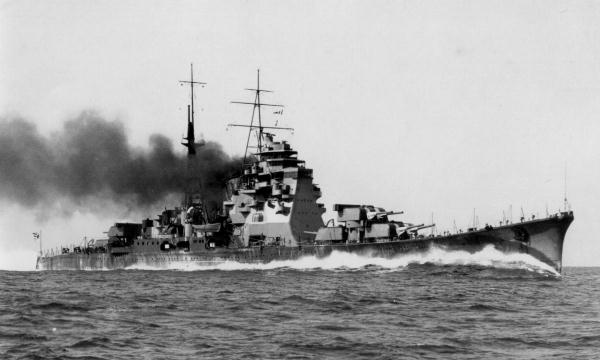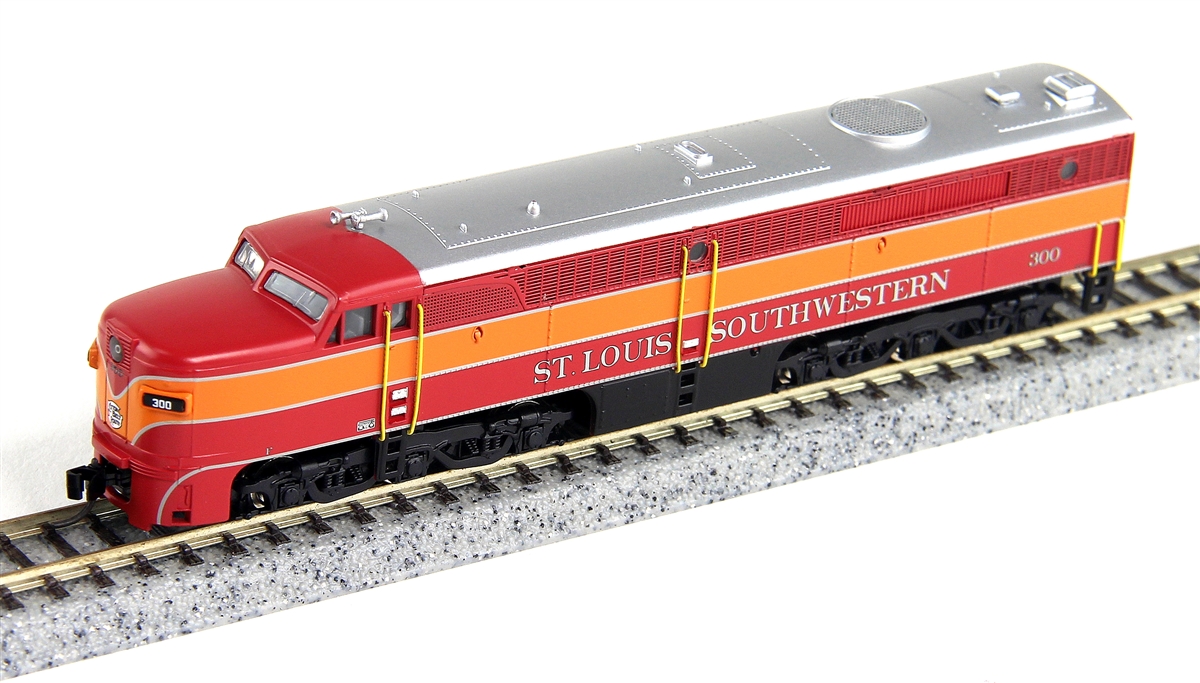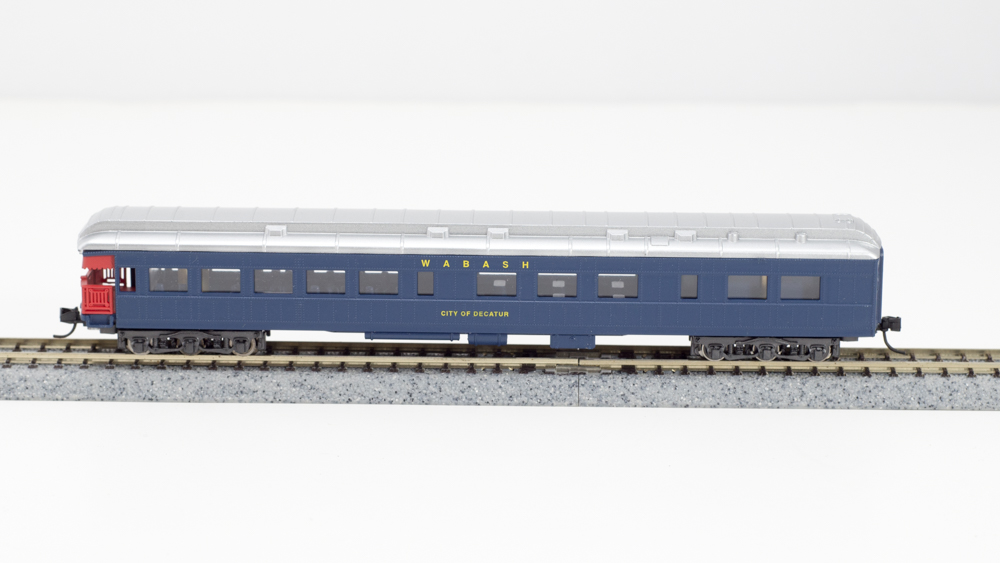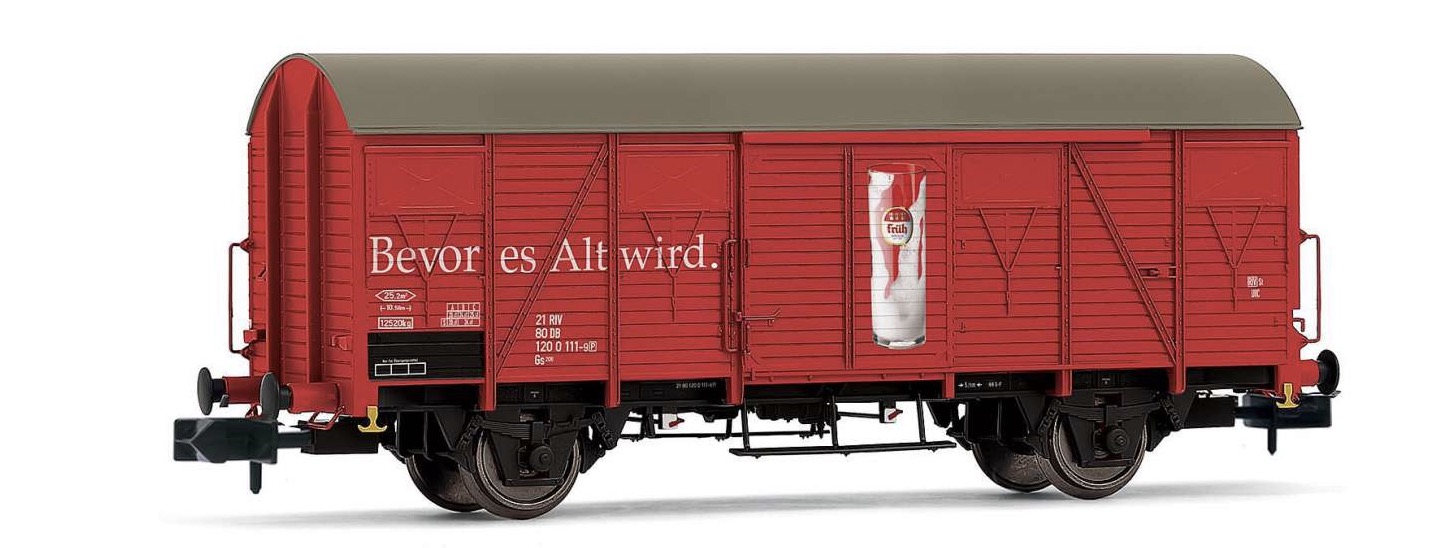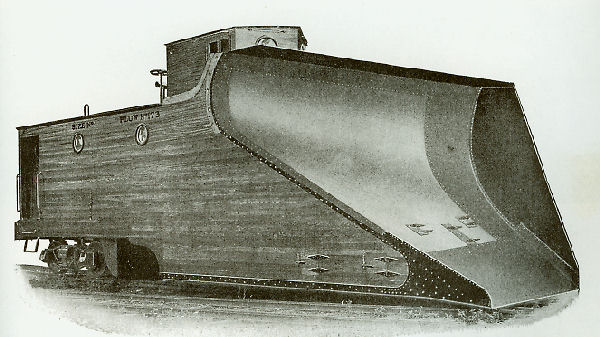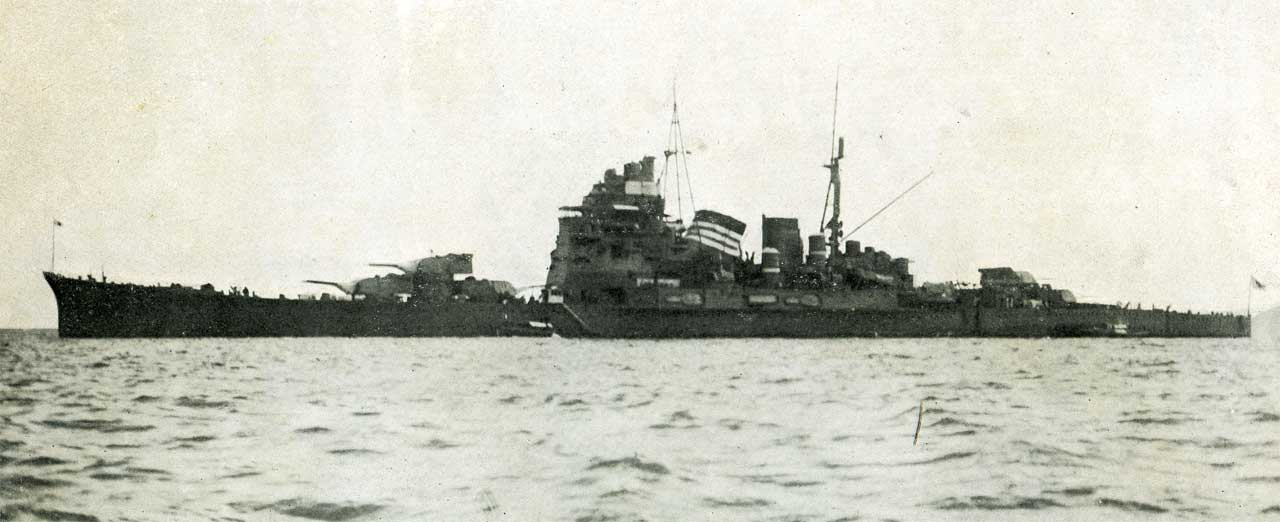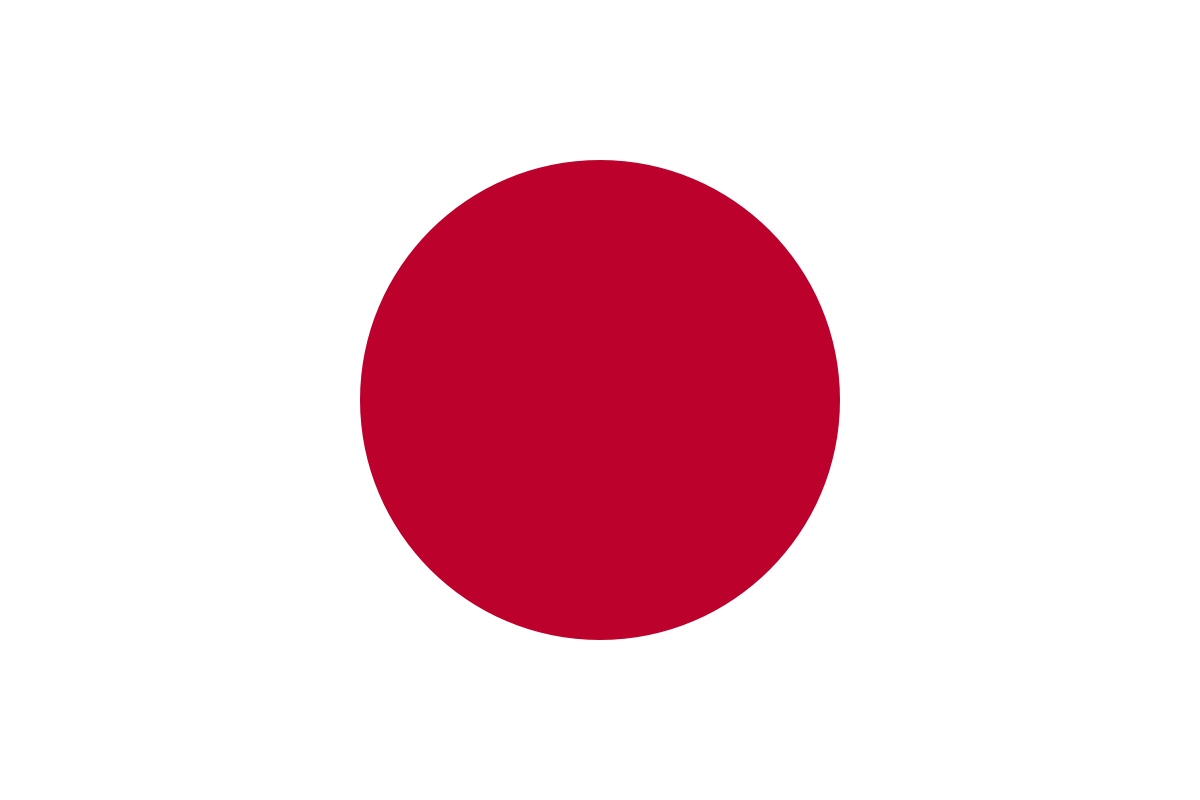History: Takao (高雄) was the lead vessel in the Takao-class heavy cruisers, active in World War II with the Imperial Japanese Navy. These were the largest and most modern cruisers in the Japanese fleet, and were intended to form the backbone of a multipurpose long-range strike force. Her sister ships were Atago, Maya and Chōkai.
It was discovered after the end of the war that Takao was manned by a skeleton crew and had no ammunition aboard for her 8-inch main armament. Japanese forces surrendered Seletar Naval Base to the British on 21 September 1945. On 27 October 1946, Takao was towed to the Strait of Malacca and was sunk as a target ship by the light cruiser HMS Newfoundland on 29 October 1946 at 03°05′05″N 100°41′00″ECoordinates: 03°05′05″N 100°41′00″E. She was removed from the navy list on 3 May 1947.
It was discovered after the end of the war that Takao was manned by a skeleton crew and had no ammunition aboard for her 8-inch main armament. Japanese forces surrendered Seletar Naval Base to the British on 21 September 1945. On 27 October 1946, Takao was towed to the Strait of Malacca and was sunk as a target ship by the light cruiser HMS Newfoundland on 29 October 1946 at 03°05′05″N 100°41′00″ECoordinates: 03°05′05″N 100°41′00″E. She was removed from the navy list on 3 May 1947.
Class: The Takao-class cruiser was a class of four heavy cruisers of the Imperial Japanese Navy (IJN) launched between May 1930 and April 1931. They all served during World War II. They were an evolution from the preceding Myōkō class, with heavier torpedo armament and had an almost battleship-like, large bridge structure.
Their main gun armament was ten 20.3-centimetre (8.0 in) guns in twin mounts and they were also armed with sixteen 24 inch Long Lance torpedoes (carrying more than the Myōkō or Mogami-class ships), making the Takaos the most heavily armed cruisers of the IJN. The only flaw was that they were considered top-heavy and thus prone to capsizing, while Turret #3 had a poor firing arc. These two problems were rectified in the follow-up Mogamis; nonetheless the Takaos were considered the best cruisers that the IJN ever built.
Their main gun armament was ten 20.3-centimetre (8.0 in) guns in twin mounts and they were also armed with sixteen 24 inch Long Lance torpedoes (carrying more than the Myōkō or Mogami-class ships), making the Takaos the most heavily armed cruisers of the IJN. The only flaw was that they were considered top-heavy and thus prone to capsizing, while Turret #3 had a poor firing arc. These two problems were rectified in the follow-up Mogamis; nonetheless the Takaos were considered the best cruisers that the IJN ever built.
Nationality: Japan is an island nation in the Pacific Ocean with dense cities, imperial palaces, mountainous national parks and thousands of shrines and temples. Shinkansen bullet trains connect the main islands of Kyushu (with Okinawa's subtropical beaches), Honshu (home to Tokyo and Hiroshima’s atomic-bomb memorial) and Hokkaido (famous for skiing). Tokyo, the capital, is known for skyscrapers, shopping and pop culture.
Although legend has it that Japan was founded in 660BC, archaeologists agree that settlement in the Japanese archpelago dates back as far as 100,000 years. The Jomon Period (8000-c.300BC) is the earliest that has been studied. It is named after the 'jomon' or cord-marked pattern style of pottery of the period.
Although legend has it that Japan was founded in 660BC, archaeologists agree that settlement in the Japanese archpelago dates back as far as 100,000 years. The Jomon Period (8000-c.300BC) is the earliest that has been studied. It is named after the 'jomon' or cord-marked pattern style of pottery of the period.
Item created by: gdm on 2019-09-16 11:29:06
If you see errors or missing data in this entry, please feel free to log in and edit it. Anyone with a Gmail account can log in instantly.
If you see errors or missing data in this entry, please feel free to log in and edit it. Anyone with a Gmail account can log in instantly.


